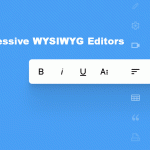7 Impressive WYSIWYG Editors to Try With Your React App in 2023
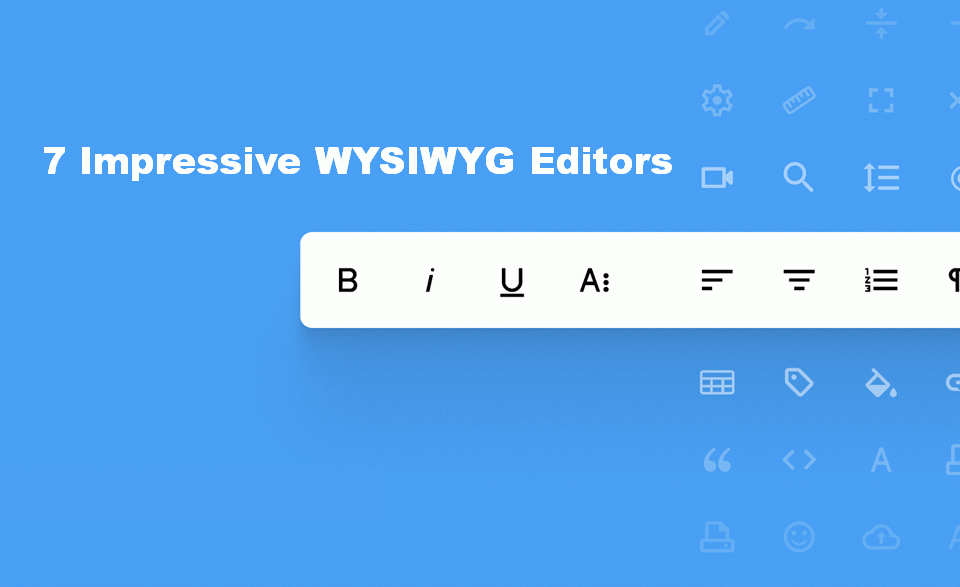
If you’ve come here looking for a WYSIWYG HTML editor for your React app, then you’re in luck. In this article, we will be exploring seven of the best open-source and premium editors that we have today. We’ll also highlight the features that make these editors great for React apps.
WYSIWYG editors are a subset of HTML editors. The “WYSIWYG” part stands for “what you see is what you get.” That’s because these editors allow users to see how the published content will look as they’re creating it. This is in contrast with a text editor, where developers need to mostly rely on writing code. Instead, WYSIWYG editors let users make web content by interacting with a user interface.
It’s also acceptable to interchange a WYSIWYG editor with an HTML-rich text editor. However, it’s important to note that all WYSIWYG editors have rich text features. Furthermore, not all rich text editors have WYSIWYG editing features.
Today, React remains one of the most popular and loved JavaScript libraries. This is because of its component-based architecture, JSX (JavaScript XML) support, ease of use, and more. WYSIWYG editing is one functionality that some React developers want to achieve. There are many React components and third-party solutions for this. Let’s go see seven of these impressive editors for React.
What are 7 impressive React WYSIWYG editors?
1. Froala
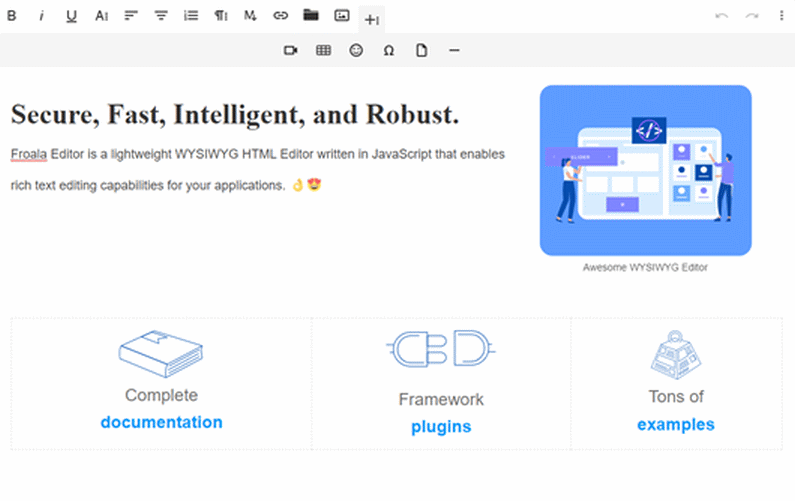
Froala is a next-generation WYSIWYG editor that excels in features, performance, and user experience. It has over 100 features, a 40 ms initialization speed, and a well-organized toolbar. Even though Froala is a premium editor, all its features are available across all of its plans. It’s unique in that it has broken the idea that feature-rich editors tend to be slow and have overwhelming toolbars. Froala is also highly customizable because it allows developers to create their own buttons, pop-ups, styling, plugins, and more. Lastly, Froala seamlessly integrates with popular frameworks and libraries, including React, Vue.js, and Angular.
2. Quill
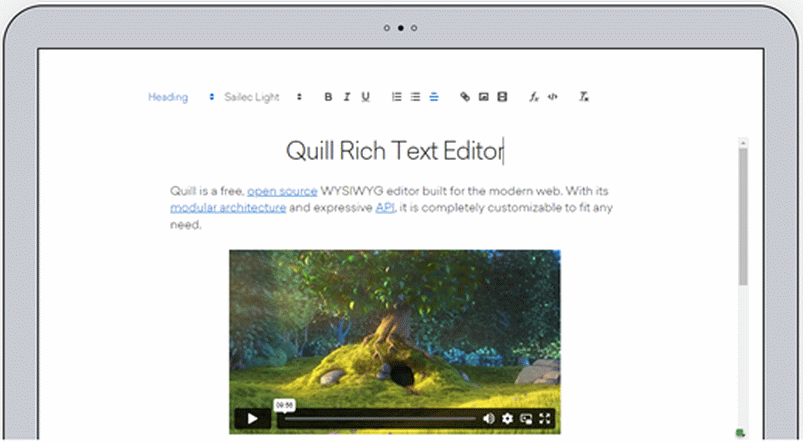
Quill is an open-source WYSIWYG editor that provides text formatting, media integration, and more. It’s easy to use and moderately customizable, especially for an open-source editor. Because it is written in JavaScript, it supports integration with different frameworks and libraries, like React. Quill is startup-friendly with its open-source licensing. However, it might lack the features, documentation, and customization that premium editors offer. It does look modern for a free editor, though.
3. TinyMCE
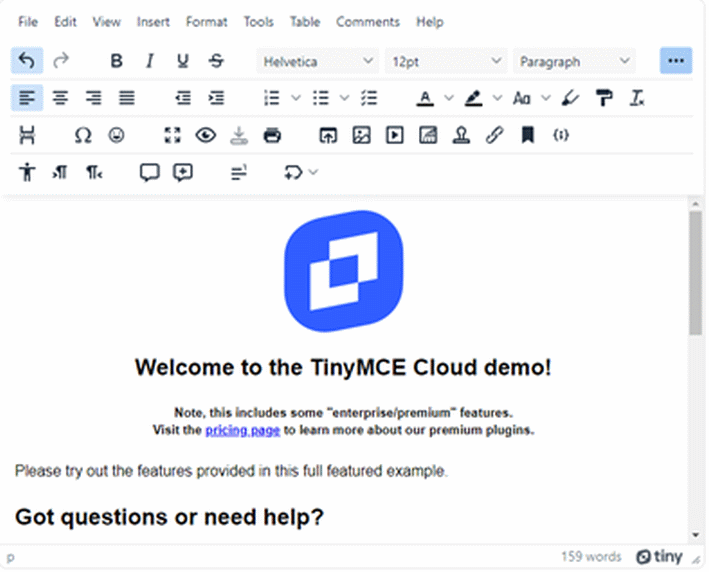
TinyMCE is a popular WYSIWYG editor that specializes in customization. It is open-source with limited features, but it also offers paid plans, adding more features per plan level. Like the aforementioned, it’s also written in JavaScript, giving it easy integration with React, Angular, and other libraries and frameworks. It has over 44 plugins for its editing features. Its core features include lists, links, rich text editing, emoticons, image handling, and more. On the other hand, its premium features include PDF exports, advanced table handling, and skins and icon packs.
4. CKEditor
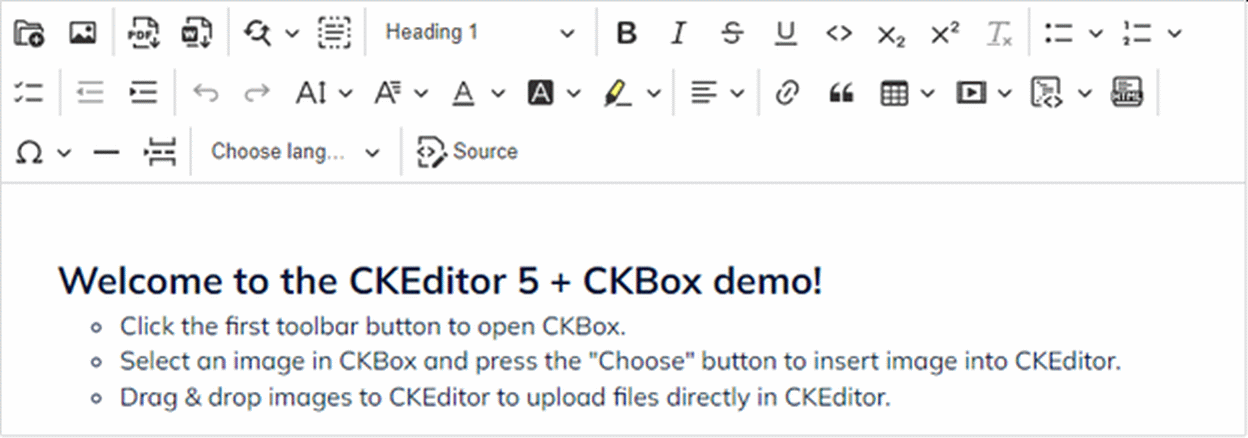
CKEditor is a WYSIWYG editor with strong collaboration features. It lets users track changes, see the revision history, and exchange comments. Its core features are open-source, but features like real-time collaboration, export to PDF, and spell and grammar checking are paid. CKEditor also has a responsive and modern-looking interface. Furthermore, developers can customize it to their liking. Lastly, CKEditor integrates with React, Angular, and other frameworks.
5. Summernote
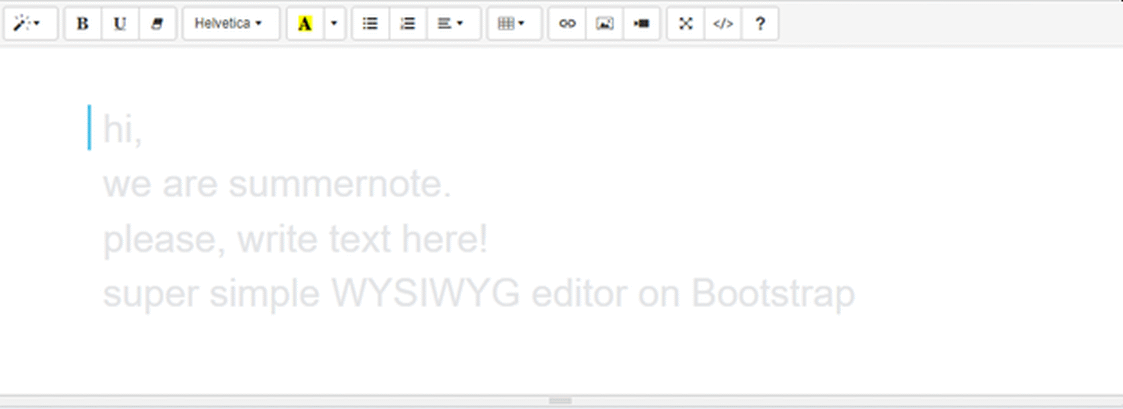
Summernote is a simple, purely open-source WYSIWYG editor. It has an easy installation, decent customization, and integration with frameworks like Django and Angular. Even though it’s purely open-source, Summernote has a documentation page that demonstrates some use cases.
6. ContentTools
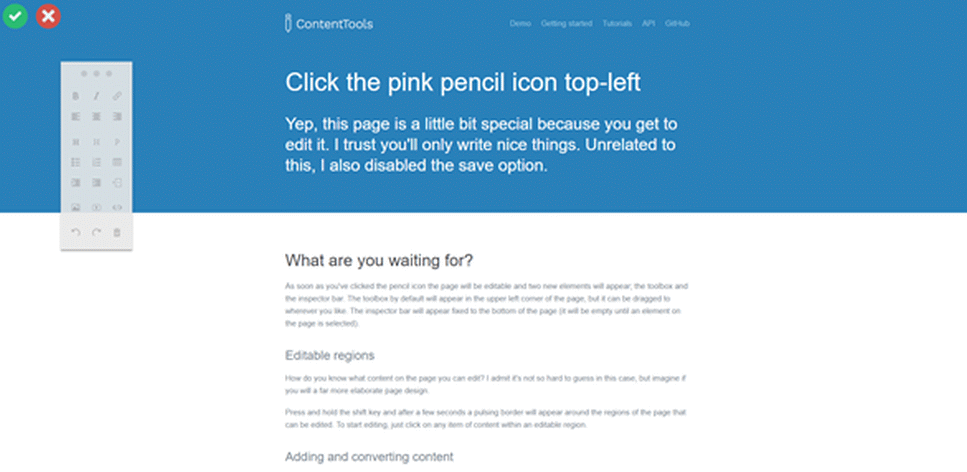
ContentTools is a small and open-source editor. Its website is a bit lacking in terms of content. However, it has enough documentation and tutorials to show what it can do. It has features like editable regions, drag and drop, image resizing, revision history, code view, and more.
7. Trix

Trix is an open-source HTML-rich text editor from the creators of Ruby on Rails. It looks more old-fashioned compared to the rest of the editors on the list, but it still packs a punch. It contains features like rich text editing, headings, quotations, file uploads, and code view. However, it doesn’t have proper documentation or examples page aside from its GitHub one. What puts Trix on this list of impressive editors, then? Well, it’s a good option for those who have smaller projects where they have to use an editor. It’s quick, it’s free, and it’s capable.
Ready to choose from these amazing WYSIWYG editors?
That’s it for this article. We hope that we have helped you in your decision-making process. Feel free to try out any of these WYSIWYG editors. What’s important is that you choose the one that fits your project requirements the most. It’s also important to choose a scalable editor. This means that it must accommodate any future features you want to implement.

